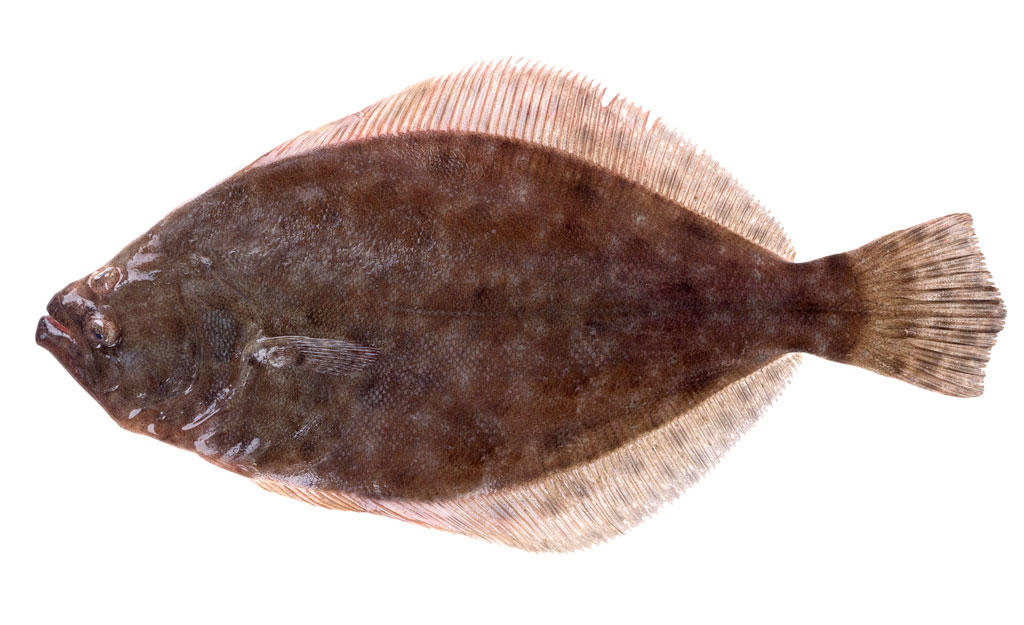
Oso Creek was just one of several areas in Corpus Christi that flooded after recent downpours this week. Water was receding May 17, but more rain was in the forecast. Photo Jon Brandt Photography
With no end date yet for a city-wide boil water notice, officials are turning to the state for a possible solution — one that could take at least 10 more days. As Corpus Christi enters the sixth day of having to boil water for consumption, the city asked the Texas Commission on Environmental Quality if it could begin a process of switching the current disinfectant to a new type for the next 30 days to help stabilize the water system and lift the advisory.
The notice can’t be lifted until disinfectant levels in several areas of the city are stabilized. Adequate disinfectant levels are necessary to reduce or eliminate harmful bacteria. No E.coli has been detected, officials have stated repeatedly. E.coli can cause severe illness and even death when ingested.
The boil water notice has lead to the resignation of city manager Ron Olson and a testy exchange between city council members and assistant city manager Mark Van Vleck during the regular council meeting Tuesday, May 17. Van Vleck gave two major reasons for the water problems that have lead to three boil water notices in the city in the last 10 months.
One problem is man-made, he said, noting that contractors accidentally closed water valves they should not have closed. This same thing occurred in September of last year when only a few parts of the city were put on a boil-water notice. The entire city had to boil water for several days in June.
The bigger problem is in the underground infrastructure, said Van Vleck as he walked in front of council members showing them a sample of corroded pipe. The rusty, clogged pipe he held between a white cloth to keep his hands clean represents a large portion of pipeline that serves the city’s water customers, he said.
“We will work on the valves, but actually the bigger concern and the one we need to address [is the pipes and] is going to take funding and time to fix.”
As of Tuesday, TCEQ refused to lift the city-wide water boil notice in favor of just the three neighborhoods that showed low chlorine levels in water quality tests. Those neighborhoods were in the areas around Quetzal Street, Harbor Lights and Glenmore Street.
“I don’t think it [the boil water notice] needed to be in the entire city,” Van Vleck said during the meeting.
If the treatment is approved by the TEQC, customers will experience strong chlorine odors from running water. The same treatment was used during the partial boil water notice in September.
Water quality levels are being complicated by continued rains in the area. Run-off rich with nitrogen has diluted the chlorine disinfectant in the pipes, so that bacteria is allowed to thrive and show up in water quality tests.





